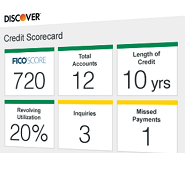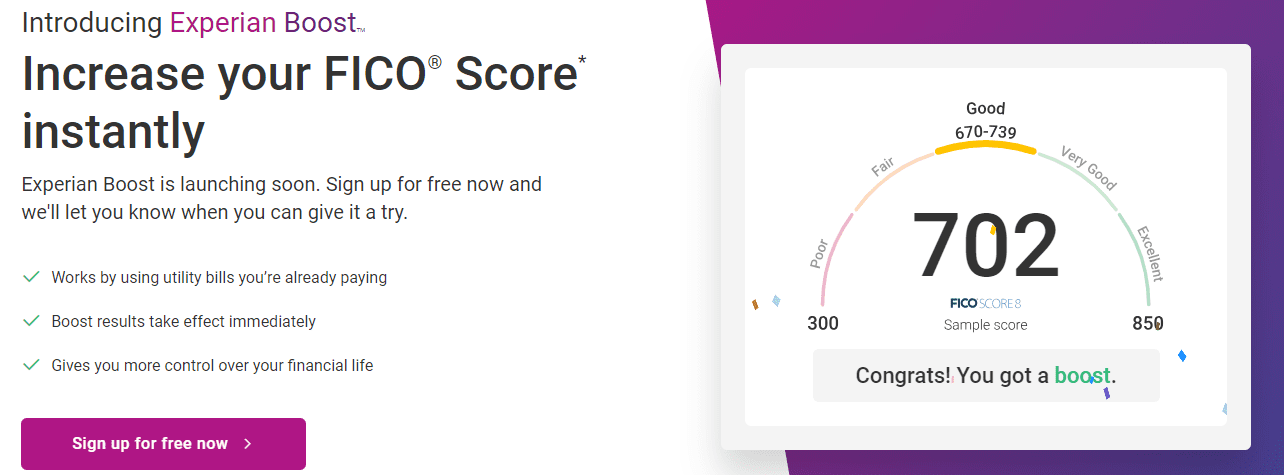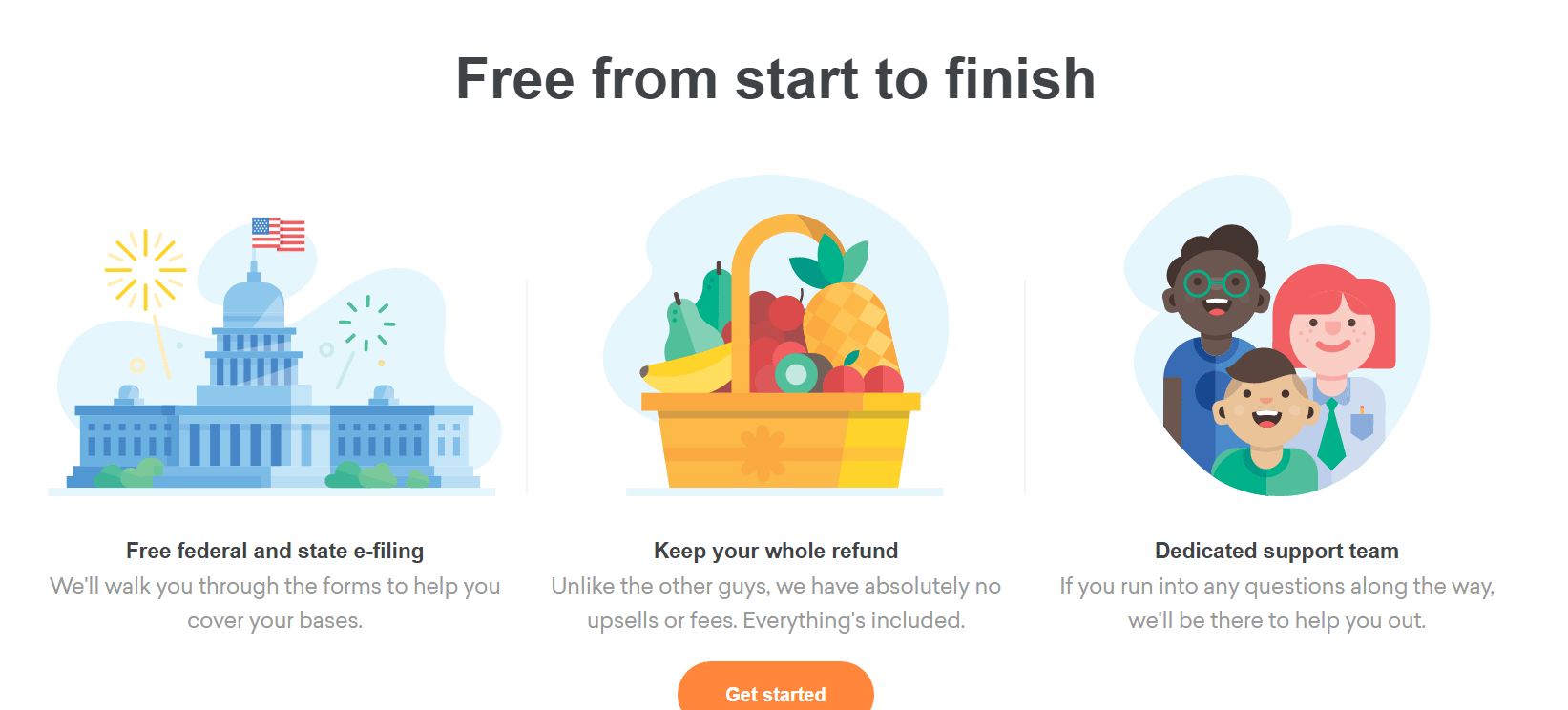On this blog we often talk about something called your average age of accounts (AAoA), we’ve had a few e-mail queries recently about how this is calculate and how it affects your credit score. Before we go any further it’s important to understand that there are lots of different credit scoring models. In this article we will mostly talk about two scoring models: VantageScore & the FICO Score.
- FICO Score: AAoA is part of your “length of credit history” which accounts for 15% of your total score.
- VantageScore: AAoA is part of your “depth of credit” which accounts for 9% of your total score.
In both cases AAoA isn’t the only scoring factor in these categories. They also look at your oldest account (which has more weight to it than your AAoA), when your newest account was opened (less weight) and how long since specific accounts have been used (almost no weight).
There is one key difference between FICO & Vantage scores at the moment. When calculating average age of accounts VantageScore does not include closed accounts, whereas FICO does. This might not seem like it would make a big difference, but it does. Closed accounts stay on your credit report for a period of up to ten years. Let’s look at how this would affect your average age of accounts when looking at the two different models.
It’s my opinion that when FICO9 is released (latest version of the FICO score) that they will no longer include closed accounts in your average age of accounts. This makes sense, because one of the reasons AAoA is looked at is because it shows how long you’ve displayed good or bad behavior. For example, if my AAoA is 15 years and I have no late payments then the chances of me making a late payment is extremely small. If my AAoA is 2 months and I have no late payments, then it’s much more likely that I’ll make a late payment as there isn’t a lot of history of me paying on time. By including closed accounts the FICO score increases your AAoA artificially. There is no chance you can make a late payment on a closed account, therefore it shouldn’t be included as it’s not a good gauge of calculating risk.
There are three important take aways to remember:
- When possible keep an account open as it’ll increase your credit score (both Vantage & FICO)
- Don’t fret about your AAoA too much. It makes up a small portion of your length of credit history/credit history depth. Much more important is your oldest account, make sure you keep this open.
- Your FICO score is more important than your VantageScore, this is becaused it’s used in 90%+ of lending decisions
This doesn’t mean you should pay annual fees on credit cards just to keep an account open. Instead what you should do is this:
- Call and see if they will waive the annual fee or offer a retention bonus
- If this is not possible, ask to downgrade to a no annual fee card. Make sure that this isn’t a new credit inquiry and that you’ll keep the account age.
[Read: Best Downgrade Options & Rules For Each Card Issuer]
Any other questions about average age of accounts or how credit scores are calculated? Ask in the comments section. If you want access to your FICO score for free then click here to view different ways to get it. There are a number of different ways to get your VantageScore:
- Credit Karma provides a VantageScore based on your TransUnion credit report
- Quizzle provides a VantageScore based on your Equifax credit report
- Credit.com provides a VantageScore based on your Experian credit report
- WisePiggy provides a VantageScore based on your TransUnion credit report






